Neuroscience
-
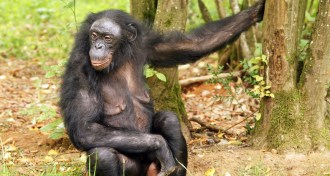 Animals
AnimalsBonobos feel the beat
Some animals, like cockatoos and bonobos, are able to move to the groove. Studying animals that keep the beat might tell us whether musical rhythm is really widespread.
-
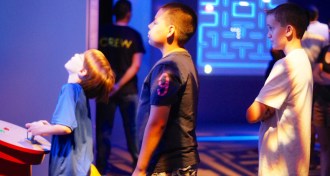 Neuroscience
NeuroscienceVideo games could boost reading skills in dyslexia
People with dyslexia, a developmental reading disorder, have a harder time switching from visual cues to auditory ones, but the constant shifts in video games may help improve the how quickly individuals perceive the change.
-
 Neuroscience
NeuroscienceGene adds wrinkle to brain development
Mutations in the gene GPR56 results in misshapen folds in the brain tied to intellectual and language disabilities.
-
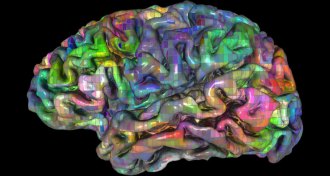 Neuroscience
NeuroscienceWays of seeing the brain inspire notions of how it works
As scientists have developed more sophisticated methods and ideas, their understanding of how the brain works has shifted too.
-
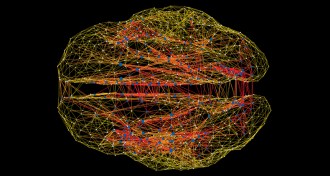 Neuroscience
NeuroscienceCataloging the connections
Though a complete map of the brain’s connections is many years away, the mathematical theory of networks can help fill in some of the blank spots.
-
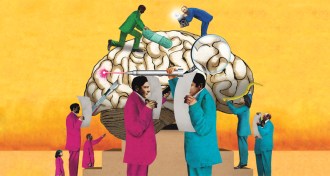 Neuroscience
NeuroscienceBrain shot
Deciphering how the brain’s circuitry produces thought and behavior is an ambitious and enticing goal on the scale of the Apollo Program or the Human Genome Project. But the neuroscientists involved in a new federal effort have many challenges ahead.
-
 Neuroscience
NeuroscienceDiuretic may treat autism, study in rodents suggests
Drug that lowers chloride levels in brain cells staves off symptoms in mice and rats.
-
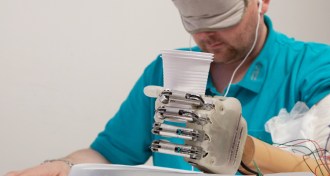 Neuroscience
NeuroscienceProsthetic provides sense of touch to man who lost hand
A new prosthetic hand restores a sense of touch by stimulating nerves in the arm.
-
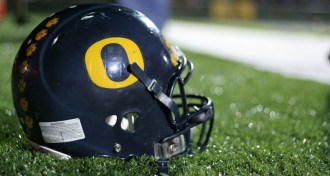 Neuroscience
NeuroscienceFootball helmet redesign can reduce concussion risk
No helmet will ever eliminate the risk of sustaining a concussions during a football game. But tweaking the design may slow the speed of head movements after a hit and reduce the risk of brain trauma.
-
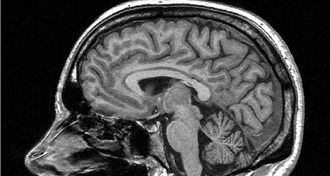 Neuroscience
Neuroscience‘Unique’ human brain regions similar to monkeys’ brains
Monkeys may have rudimentary brain wiring that later evolved into the connections that gave humans the ability to understand language, think flexibly and make decisions.
-
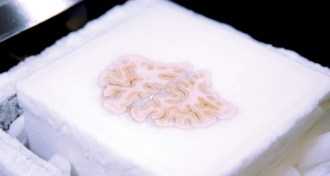 Neuroscience
NeuroscienceFamous brain surgery patient H.M. retained a chunk of hippocampus
The patient's amnesia was probably due to the loss of other regions and neural connections.
-
 Neuroscience
NeuroscienceBig science for lean times
The greatest promises of brain research — a cellular description of thought and behavior and, even more importantly, strategies to battle disorders of the brain — have yet to be fulfilled. Making good on those promises is the motivation behind the federal BRAIN Initiative.
By Eva Emerson